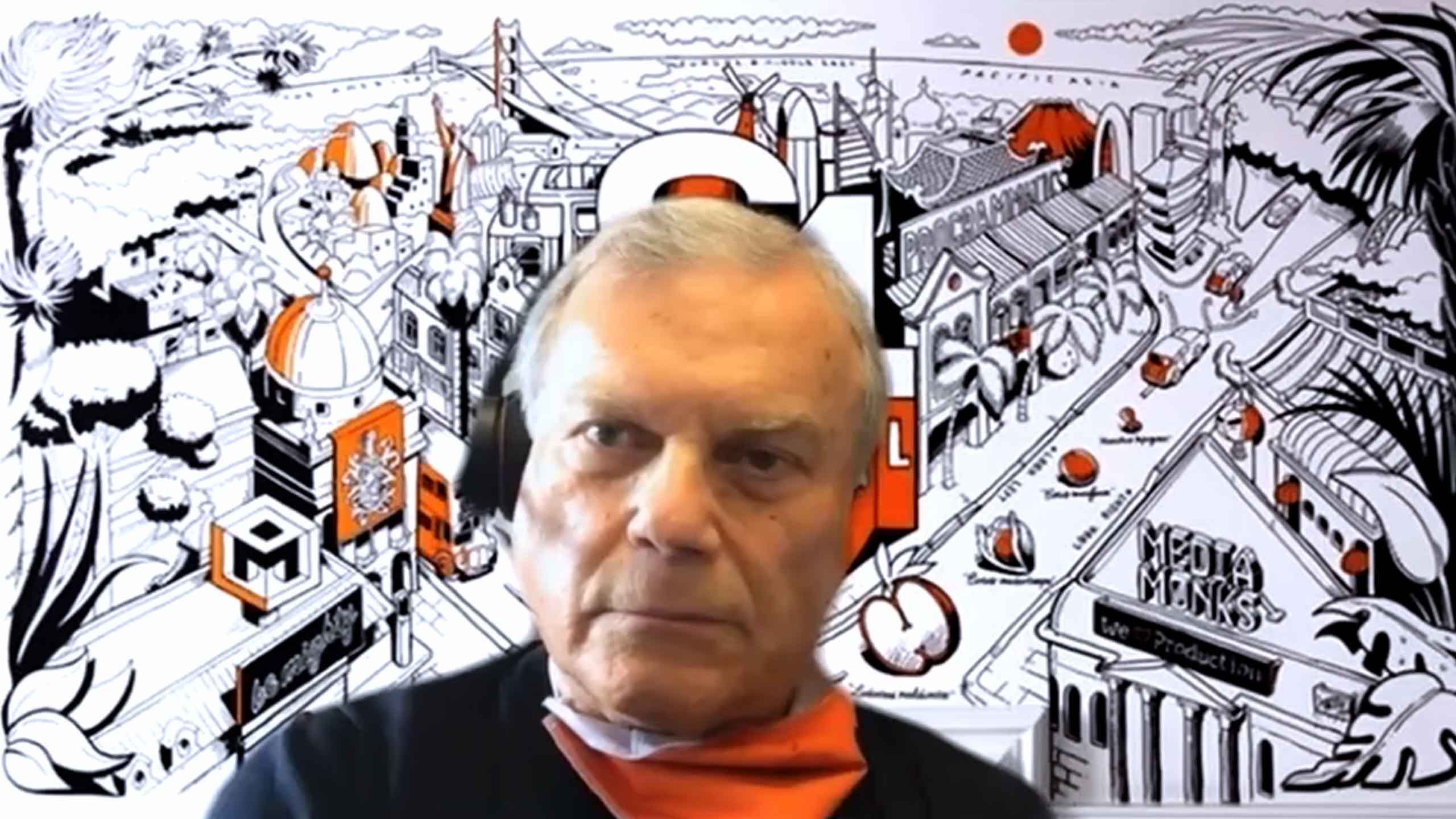
Market Share vs Organic Growth
Founder of WPP and Founder, Executive Chairman S4 Capital
inpractise.com/articles/WPP-vs-S4
Why is this interview interesting?
- Differences between the assets WPP was purchasing in the early days versus S4 Capital today
Sir Martin Sorrell
Founder of WPP and Founder, Executive Chairman S4 Capital
Interview Transcript
How would you compare the assets you were purchasing at WPP in the early days to today at S4?
It’s a very different model. Both Saatchi’s, where I was previously to WPP and WPP itself, were what I call market share models. This is not a phenomenon that started in the 80s, with me or with John Wren, with Omnicom, then later on, with Publicis and Maurice Lévy or Dentsu. This is a model that started in the 1950s, so it has run its course. It has been around for 70 odd years. Marion Harper, of IPG, used to fly around in a big jet; it was amazing, really. When you read some of the books about him, he was quite funny, in a way. But it started with him. His view was, I think, primarily for conflict reasons, you had separate businesses because you couldn’t service Unilever and P&G in the same agency; they wouldn’t accept it. You had to have different channels or verticals or organizations.
The idea was that you had McCann and you added Lintas – they bought Lintas from Unilever, because it was actually Lever International Advertising Services; that’s what LINTAS stood for – and they had these separate brands. It meant that you knew, if you had competing brands or you launched a competing brand, that you would cannibalize some of your existing business. It is a bit like detergents at Procter or Unilever; you knew you would lose sales because of cannibalization but, on the other hand, you would build your market share overall. It is very much what I would call a market share model.
Whereas S4 is really about top-line growth. The biggest determinant of total shareholder return, of added value, to shareholders, is like-for-like growth. This morning, WPP has its capital markets day and it talks about accelerating growth. The growth they are accelerating to is about 3% or 4% a year, which is a modest target, to say the least, when GDP is growing at about that rate. But everybody understands that, in the market share model, margin is probably equally as important as top-line growth and you balance the two. Certainly, in our incentive plans at Saatchi’s and at WPP, it was very much about top-line growth and margin, equally weighted.
Today, at S4, I would say it’s two-thirds, three-quarters top-line growth – maybe even more than that – but with decent margins. At S4, we’re doing 20% and a bit more, after central costs. There is not much operational leverage in the business, in the classic sense. There is a bit, but it depends on where the new business comes from.
Copyright Notice
This document may not be reproduced, distributed, or transmitted in any form or by any means including resale of any part, unauthorised distribution to a third party or other electronic methods, without the prior written permission of IP 1 Ltd.
IP 1 Ltd, trading as In Practise (herein referred to as "IP") is a company registered in England and Wales and is not a registered investment advisor or broker-dealer, and is not licensed nor qualified to provide investment advice.
In Practise reserves all copyright, intellectual and other property rights in the Content. The information published in this transcript (“Content”) is for information purposes only and should not be used as the sole basis for making any investment decision. Information provided by IP is to be used as an educational tool and nothing in this Content shall be construed as an offer, recommendation or solicitation regarding any financial product, service or management of investments or securities.
© 2026 IP 1 Ltd. All rights reserved.


